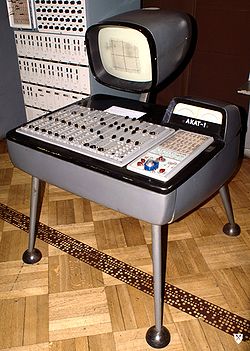Software
- Software engineering
- Computer programming
- Computational
- Software patent
- Firmware
- System software
- Application Software
- Programming languages
- Speech recognition
- Speech synthesis

The following outline is provided as an overview of and topical guide to computing:
Computing – activity of using and improving computer hardware and computer software.
See information processor for a high-level block diagram.
After the commoditization of memory, attention turned to optimizing CPU performance at the instruction level. Various methods of speeding up the fetch-execute cycle include:


The main goal of CbWN is to optimize the system performance of the flexible wireless network.

There are several terms which describe classes, or categories, of computers:

See also Open standard
Major figures associated with making personal computers popular.